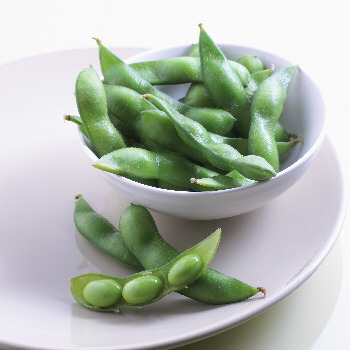Race fuel rules:
Try beetroot juice!
7 days prior to your event, load up on
140ml concentrated beetroot juice daily. Its been shown to improve endurance by
increasing nitrites in the blood, which reduces oxygen uptake from the blood.
3-5 days pre-race
Slowly increase your carb intake, aiming
for 5-7kg per kilogram of bodyweight each day. Go for little and often rather
than bulky meals.
Get lots of sleep & rest and stay well
hydrated this week.
24 hours Pre-race
Increase carb intake further, to 8-10g per
Kg bodyweight, also include plenty of lean protein into your diet.
The day & night before
I have a large lunch, which is pretty well carb-loaded,
but again with a good balance of protein. Then in the evening have a lighter
meal of similar proportions but smaller (not too late, to avoid the risk of
bloating & a bad nights sleep).
Race morning
2-3 hours before the race have a
well-practised breakfast to include slow-release foods such as porridge/banana/bagel/wholemeal
toast & peanut butter. Approx 80% of your calories should come from carbs.
Drink plenty of water – 500ml of water with
electrolytes.
1 hour before
Have an energy bar to top up your energy
stores if it feels comfortable. But don’t force it down. Cliff or Powerbars are
made to be eaten prior to exercise
0-45 mins before
If you’re about to take a gel, have one
with caffeine in it. If you haven’t practiced this, don’t bother. I usually
start taking them 45mins-1hour into the race.
During the race
If a marathon, break it down into 1 hour
blocks during which you aim to consume 30-60g carbohydrates. Similarly for long
rides or triathlons. Take whatever it is
you have been using in training – a race is NOT the time to start trying new
products or foods.
AFTER THE RACE
Within 30 minutes of completion, consume a
meal or shake that is 3:1 ratio of carbs to protein, keep drinking but avoid
the alcohol (it’ll make you more dehydrated than you already are and you’ll
feel terrible).
For the next 48 hours continue to eat
approximately the same proportions of carb/protein and hydrate well.












